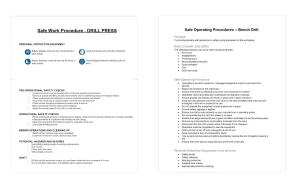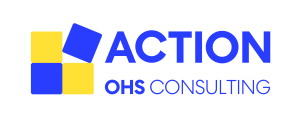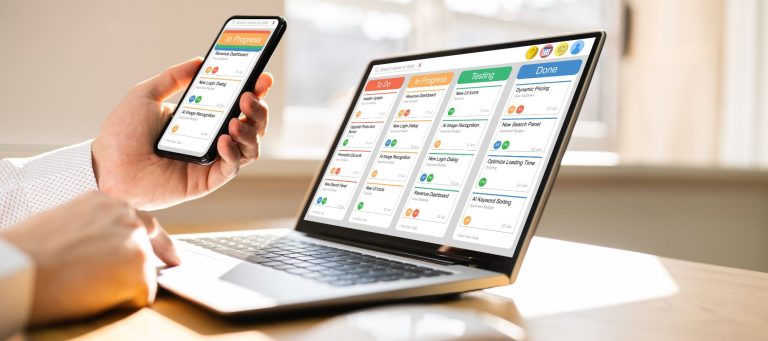In this blog, we cover some of the key aspects you need to know when preparing a safety document. The failure to have “safe systems of work” features a high number of safety prosecutions. In general, this can be taken to mean that workers do not have access to current and accurate information to guide them in making safe decisions.
Although the provision of procedures and training are only administrative controls, they still play an important part in assisting workers to make good decisions and work safely.
The “Safe systems of work” failure can exist for a range of reasons, and a scan through recent prosecutions or case reports will highlight a range of reasons behind these failures, including:
- Lack of procedures, SWMS, and other guidance
- Procedures are not current or accurate for the task.
- Users are not aware that procedures exist,
- The procedure did not lead the user to make accurate safety decisions.
Let’s focus on the last point for a moment.
For good reasons, most Safety Systems are document-heavy. Documents are often prepared by people who are literate and have some skill in document preparation, they are likely to be proofread to ensure compliance with document control standards, and ensure they present professionally.
How can it be said the safe system of work has failed?
The detail is in the fine print, the legislation requires “safe systems of work” with an emphasis on the safe. It is about the system itself being safe and leading to safety outcomes, rather than having a “system of work” where the topic is safety.
Generally, documents have a great deal of meaning for the author and auditors but can have less meaning for the people who need to use these documents. This can be quite problematic when users need good quality information, especially at the operational level where a misunderstanding can result in an incident.
safety document preparation:
Before you start preparing workplace documents, ask these questions.
- What do the users need to know?
- What is the purpose of this document?
- Are users required to respond or record anything on this document?
Is a text document the best and easiest way to convey the information?
- What method will best convey this information in a clear and unambiguous way for the user group? Is it via a document, video, or verbal dialogue? Note, after review, you may identify an opportunity to convey “the information” across multiple communication channels.
- Is a document required to provide the information, or to prove that we provided the information? Once you understand this, you can create the document with the required intent.
- Cloud-based safety solutions will allow you to reduce the information contained within some documents (i.e. procedures), as the process, or system of work, will be the workflow built into, or defined by the software. This will provide a clear and standardised approach across your operation.
Who is the target audience?
- How do this group of users prefer to communicate?
- Where are your users located? It can be incredibly frustrating to need information that is only available on an intranet, if you do not have easy access to the intranet or the computer. It is for this reason, cloud-based solutions like Safety Champion Software continue to have great uptake. Allowing workers to access documents on their phone or tablet, on their person or in the tea-room allows them to always have fast access to important safety documents.
- What work are they doing? Some workers have less time in their work day, or interest in reading and writing.
- Are there any language or literacy barriers? Around 44% (Australian Government Style manual, 2021) of adults have literacy levels that may be a barrier to reading and comprehension. Surprisingly, education is not necessarily a factor in literacy. If you do have a requirement to translate your safety documents, more information can be found here: Action OHS Consulting NAATI Accredited Translation Services).
Only after you know exactly what you want to say, why it needs to be said and who you expect to respond to it, can you commence to draft and prepare the document.
Operational procedures in your Safety Document
If we focus for a moment on operational documents, those prepared to provide users with information and instruction on conducting their work is where the key failures occur.
According to Klaus Hofer (Klaus Hofer RN, 2019) who has focused his attention on document usability and why workers make errors, we know that different documents are read in different ways depending on their purpose. A novel will be read line by line from left to right, however when documents such as procedures are being read the users will scan in an F or Z pattern trying to find the information they need. With this knowledge in hand, Klaus outlines specific layouts to enhance the ability of the user to find, understand and apply the information they seek.

The procedure sample on the left provides a layout that is easier to scan and locate the information required:
- A clear description across the top
- Labels down the left side to identify the sections.
- The detail to the rights in short sentences that are easy to understand and follow
- Images and colour to enhance understanding and reduce the words required.
In comparison the procedure sample on the right:
- A clear identity across the top
- a block of text through which the user must scan to identify the information they need.
For those who have read to the end, a consensus of various readability scales and indexes conducted on this article results in a score of Year 12 reading level. It is likely to be confusing and difficult to understand for 30 % of adults, and completely meaningless to 14%.
Back to the keyboard!!
Works Cited
Australian Government Style manual. (2021, April). Retrieved from Australian Government: https://www.stylemanual.gov.au/user-needs/understanding-needs/literacy-and-access
Klaus Hofer RN, B. M. (2019). Document Usability. Retrieved from AIHS – OHS Body of Knowledge: https://www.ohsbok.org.au/wp-content/uploads/2020/11/12.3.2-Document-Usability-2.pdf
Stay updated on the latest news and advice. Read our blog here.






